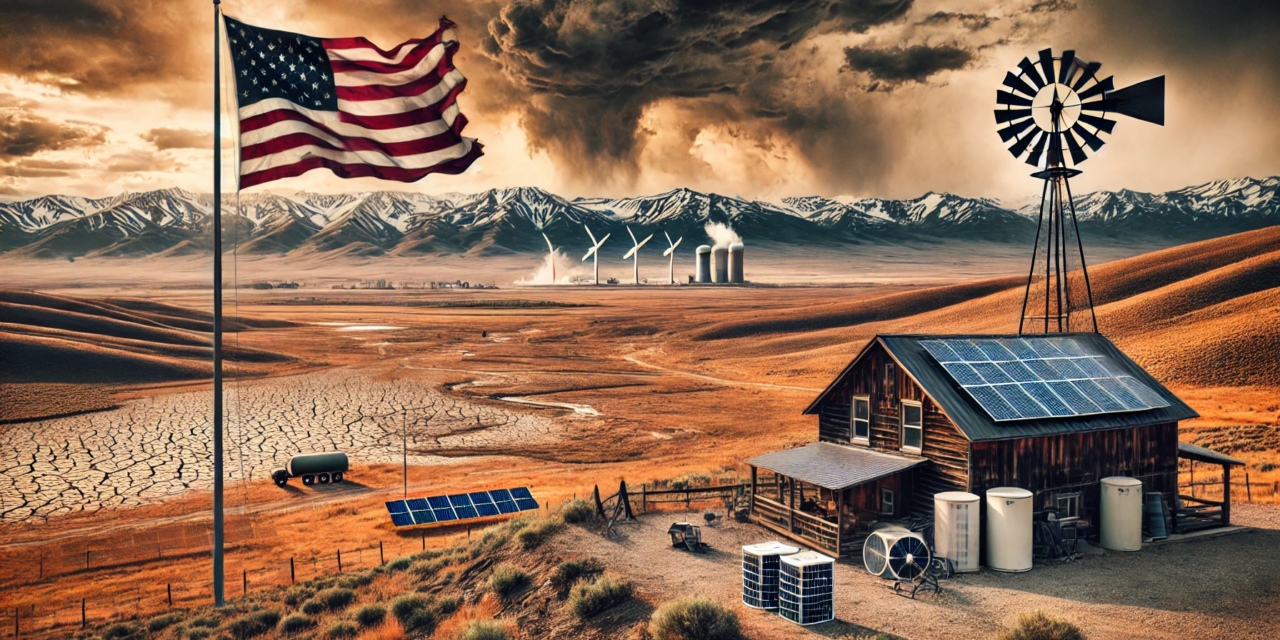The warnings aren’t just coming from scientists anymore. They’re coming from generals, intelligence agencies, and national security experts who’ve seen the writing on the wall.
Climate change isn’t just an environmental issue. It’s a security crisis waiting to erupt.
Why Climate Security Matters Now
Rising temperatures don’t just melt snowcaps—they destabilize entire regions. What happens when the rivers fed by Himalayan glaciers slow to a trickle? You get mass migrations, political chaos, and flashpoints in already tense zones.
Think about Mongolia, caught between two powerful neighbors: China and Russia. Now add in water scarcity, desertification, and collapsing agricultural yields. That’s a recipe for unrest. And unrest spreads.
The Age of Resource Wars
We’ve seen wars fought over oil. Now imagine wars fought over water, arable land, and the right to grow food.
Droughts are increasing across Africa and Central Asia. Fertile lands are turning to dust bowls. Developing nations are watching their crops fail while their populations rise.
When people can’t feed their families, they move—or fight. That leads to regional instability and global security threats that cross every border.
The Coming Refugee Crisis
Flooded coasts. Failing crops. Scorched landscapes.
We’re already witnessing a slow-motion refugee crisis triggered by climate stress. Coastal cities in the global South are becoming unlivable. Entire communities are uprooted—not by war, but by rising tides and vanishing resources.
When landlocked nations start losing access to food and water, the chain reaction doesn’t stay contained. It radiates outward, disrupting everything from border policy to national defense.
America’s Strategic Blind Spot
While the media obsesses over politics, our military analysts are quietly warning that climate change risks could undermine everything from base infrastructure to global supply chains.
Our naval bases are vulnerable to flooding. Our Air Force operations rely on stable energy systems. Meanwhile, we’re watching the world’s breadbaskets—from the Midwest to Eastern Europe—face unpredictable seasons and declining harvests.
This isn’t hypothetical. It’s happening.
China, Russia, and the Power Vacuum
China is already investing in Arctic trade routes made possible by melting ice. Russia’s posture in Siberia and the Far East is changing as permafrost melts and new shipping channels open.
These powers are adapting. Fast.
If the U.S. fails to prepare for the security risks posed by climate disruption, we risk falling behind not just economically—but strategically.
It’s Not Just the Coasts
While coastal flooding gets headlines, inland regions are quietly breaking under climate pressure too.
Droughts in the American West are drying up reservoirs. Forest fires are wiping out entire counties. Our infrastructure—built for a different climate—is cracking under the weight of change.
That means local instability, supply chain disruptions, and power grid failures that put everyday Americans at risk.
What Patriots Can Do
This isn’t a call to panic. It’s a call to prepare.
Get educated about climate security. Support resilient energy systems. Pay attention to how climate change is shaping global security issues.
Stock up. Plan smart. And hold elected leaders accountable—not just for empty words, but for real strategies that safeguard our nation.
We can’t afford to ignore the storm building on the horizon. Because in a world where climate risks meet political chaos, the fight for liberty may depend not just on ideology—but on preparation.





